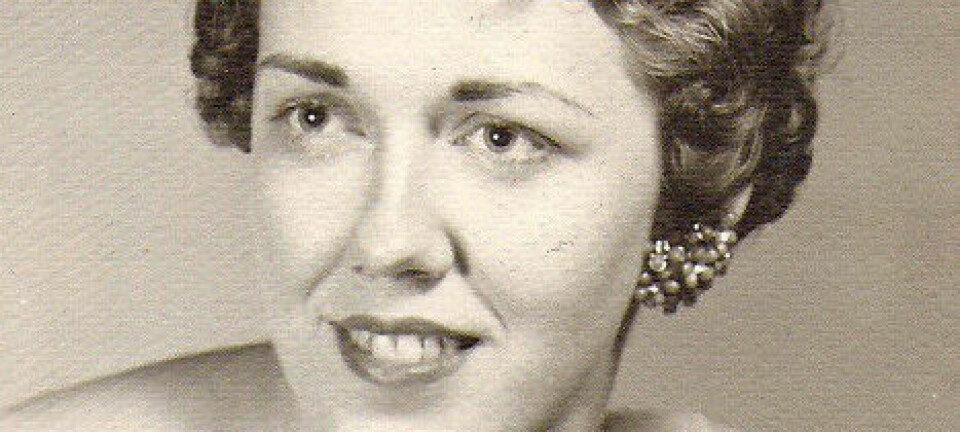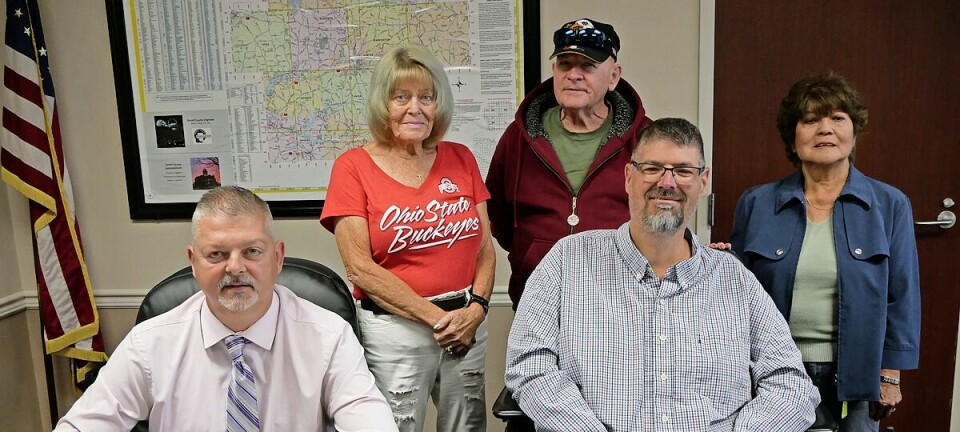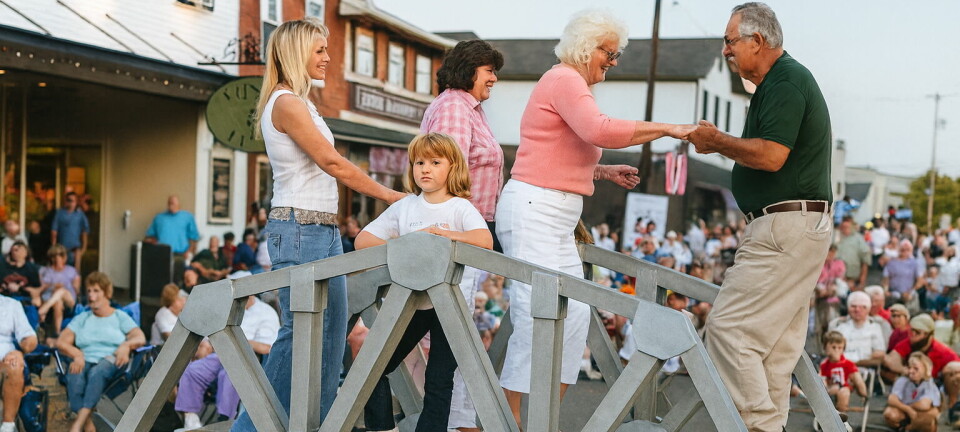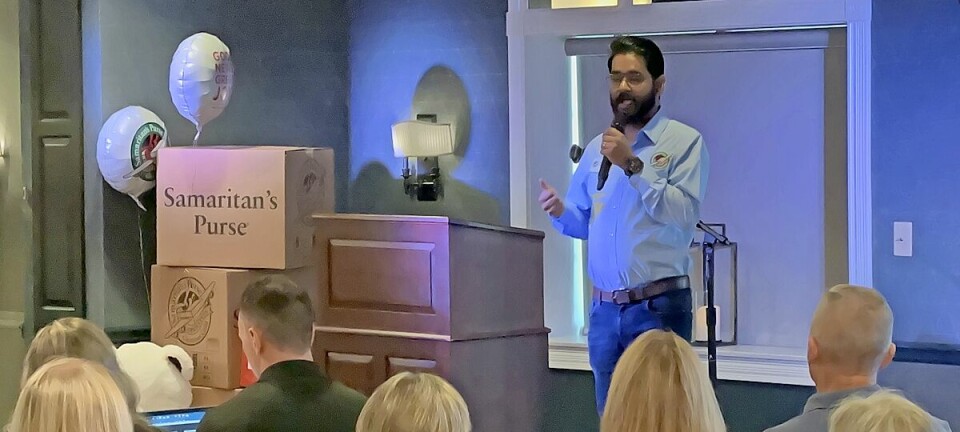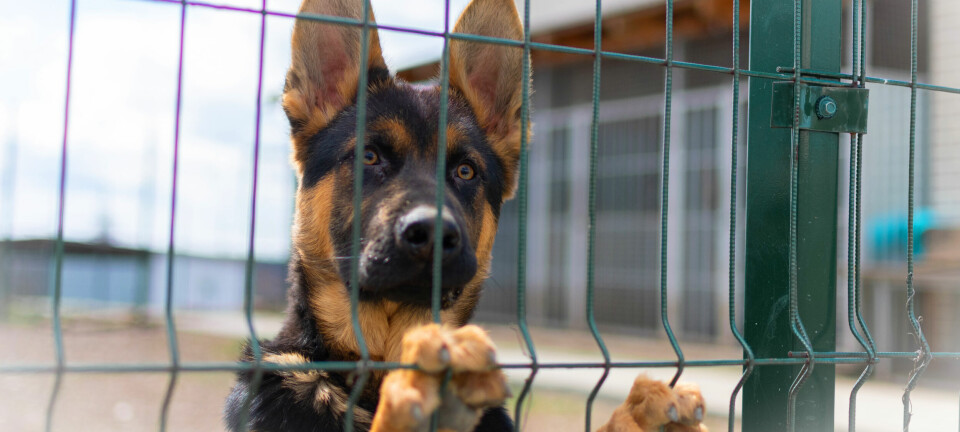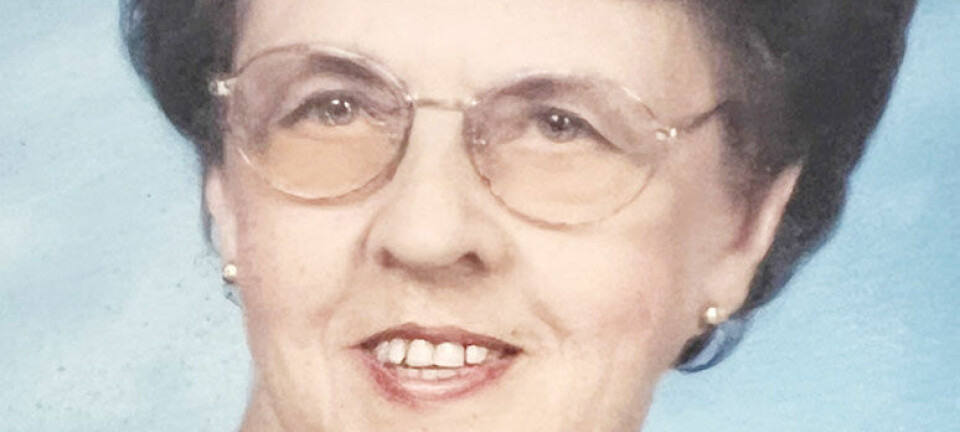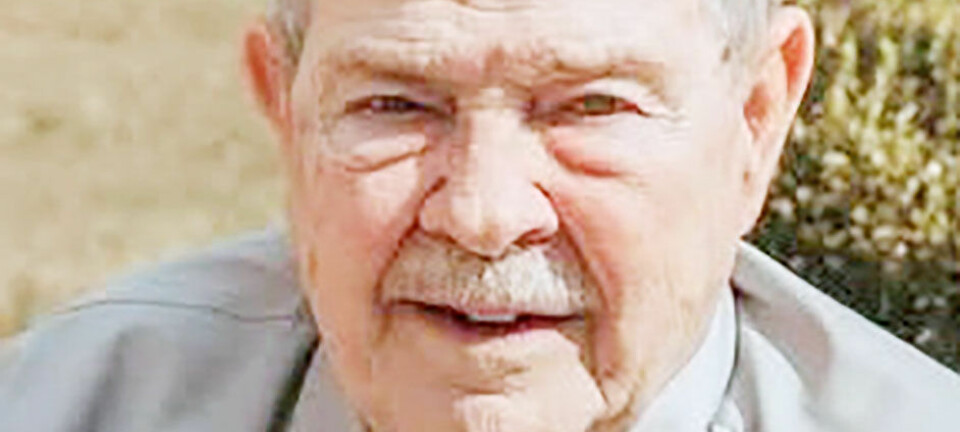Exploring the railroads and depots of Wayne County

Editor’s note: This is part two of a four-part series on the history of railroads in Wayne County. This week’s installment is on the railroads and depots of the area.
Wooster rejoiced in 1852 when its fight for a railroad resulted in the Pennsylvania & Ohio Railroad establishing service. Soon, additional railroads linked various Wayne County settlements.
The Cleveland, Zanesville & Cincinnati linked Fredericksburg, Apple Creek, East Union, Orrville and Marshallville in 1854. In 1863 the Atlantic & Great Western traversed Burbank, Creston, Sterling and Rittman.
Ten years later Sterling, Easton and Warwick were included on the Cleveland, Tuscarawas Valley & Wheeling line. In 1882 the Wheeling & Lake Erie ran through Creston, Smithville, Orrville and Dalton. In 1894 the Millersburg, Jeromesville & Greenwich connected Sprengs, Funk, Horace, Craigton and Custaloga. A year later the Cleveland, Wooster & Muskingum Valley connected Lodi, Wooster and Millersburg. In 1902 the Ashland & Wooster linked Apple Creek, Kidron and West Lebanon. Due to mergers, buyouts and leasing, the names changed frequently over the years.
By the start of the 20th century, electric rails proved an efficient mode of travel. The Cleveland, Southwestern & Columbus interurban connected Wooster with Cleveland beginning in 1903, with stops at every town in between. Cheap bus fares, affordable automobiles and improved roads foretold the 1931 end of the interurban for Wayne County.
Nina Miller of Shreve recalls running to catch the train back home to Shreve after getting off work at 5 p.m. from the Wooster Rubber Company in 1946-47. The ride was quick — 10 or 15 minutes long — and rather bumpy, she said.
“My girlfriends and I would run from Bowman Street, down Spink, and arrive in time to hear ‘all aboard.’ We would jump on the train giggling, without first buying our tickets. There just wasn’t enough time,” she said. “Then the man would walk through, pretend to be stern, order us to pay up, then laugh. Of course, we handed over our 35 cents. We always intended to.”
Miller also rode the train from Wooster to visit her brother, who was stationed with the U.S. Navy in Wisconsin during World War II.
“The railcars weren’t fancy, but there was a separate dining car,” she said. “It was scary going on my first train journey, although I took a friend along. But it was exciting.”
Wayne County now has over 100 miles of active rail, with about half its original rail miles still in service. The original Pennsylvania & Ohio is part of Norfolk Southern’s Fort Wayne Line, running from below Shreve, across lower Wooster and through Orrville. Between Timken Road and Weilersville lies the steepest grade in the area, known as Big Run. Trains pulling particularly heavy loads must sometimes pause here until secondary locomotives can come along and give them a push.
Other lines still in service include the Cleveland, Tuscarawas Valley & Wheeling — now CSX — through Creston, Rittman and Doylestown. CSX also operates the former B&O line heading north from Sterling. The Wheeling & Lake Erie is operated by another company of the same name through the Sterling, Smithville, Orrville and Dalton areas. Ashland Railway operates a stretch of track near West Salem while a small portion of the Cleveland, Akron & Columbus serves Orrville. A short section of the Millersburg branch, operated by R.J. Corman Railroad Group, runs alongside the still-standing depot near the county fairgrounds.
Not all unused railroad corridors have been abandoned. The nonprofit Rails-to-Trails focuses on the conversion of unused railroad spaces into public paths for bicycling, walking, running, roller-blading and horseback riding. Wayne County enjoys four such trails comprising 21 miles.
The train station was the stop where freight and/or passengers were loaded and/or unloaded. It generally consisted of a platform and a building called the depot, which was constructed of wood, brick, stone or stucco and provided ticket sales, baggage service and waiting rooms.
At various times between the Civil War and the 1960s, Wayne County accommodated over 40 depots. Long gone are depots in or near Armstrong, Aukerman, Burton City, Creston, Custaloga, Dalton, East Union, Easton, Funk, Marshallville, Orrville, Rittman, Shreve, Smithville, Sterling, West Lebanon and West Salem.
In Wooster a depot sat near the southwest corner of East Liberty Street and Pittsburgh Avenue as early as 1853, serving freight and passengers. It was gone before 1899. To the immediate south, between the tracks and South Street, stood an imposing structure with a tower, built in 1872. This signal station and telegraph office existed as late as 1917. Wooster’s major depot, built in 1890, sat across the street at the intersection of East Liberty, Pittsburgh and Spink Street. It was decommissioned in 1971 and demolished after damage from a 1977 derailment.
Fortunately, although no longer used for their original purpose, depots still stand in Apple Creek, Fredericksburg, Orrville, Overton, Rittman, Smithville, Sterling and Wooster at 256 Columbus Ave., now the home of Stull’s Hair Clinic. An interlocking tower, constructed in 1899, also stands near the Orrville depot. These towers, which once controlled the signals at busy locations of main lines, have been replaced by two radios, cell phones and the internet.
Next week: Locomotives and logistics.


